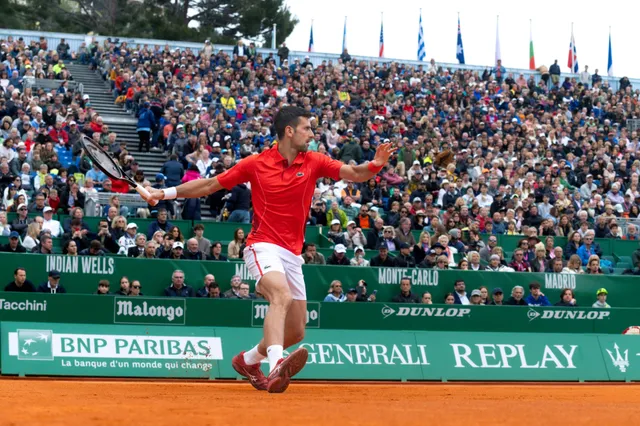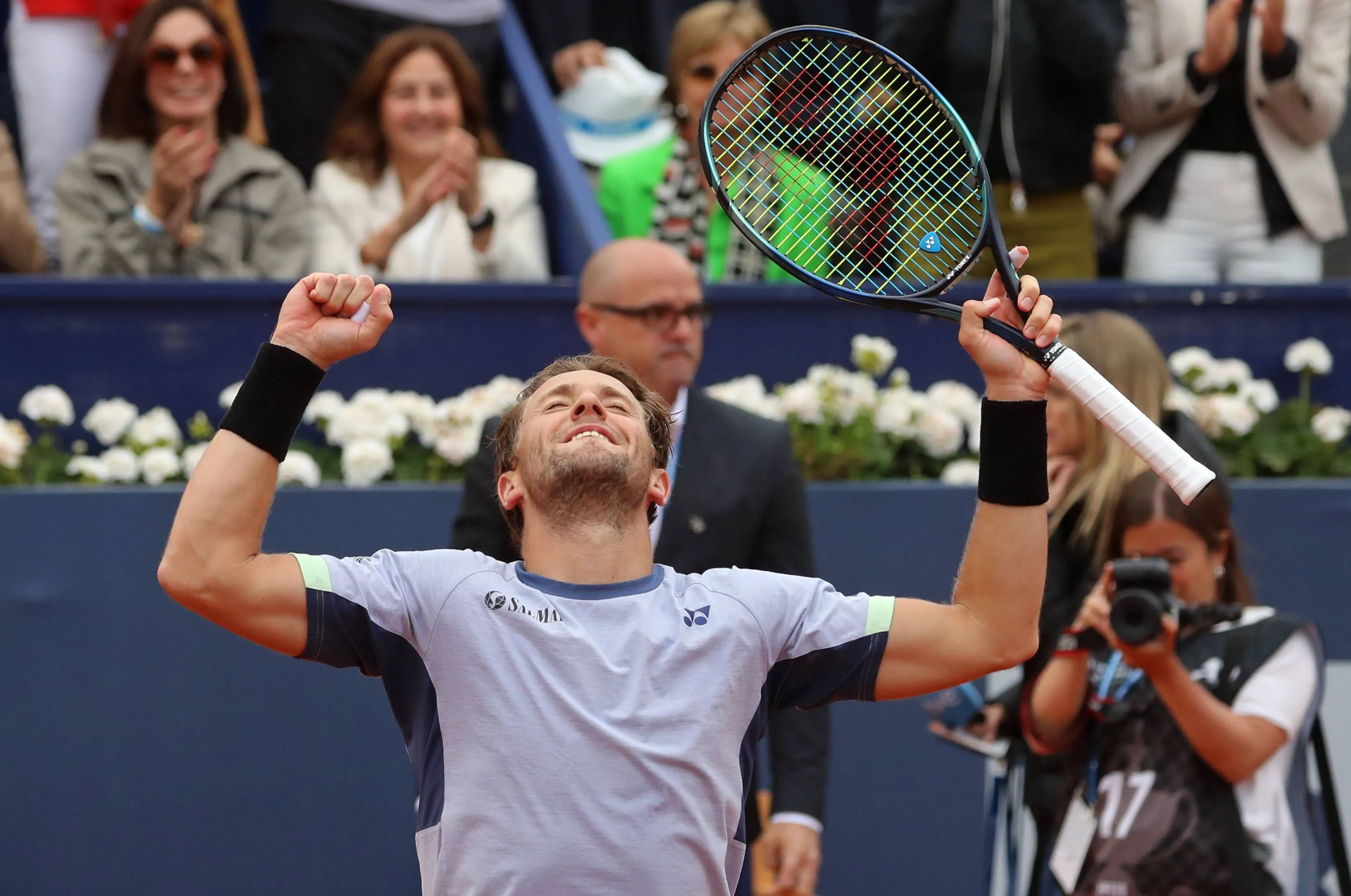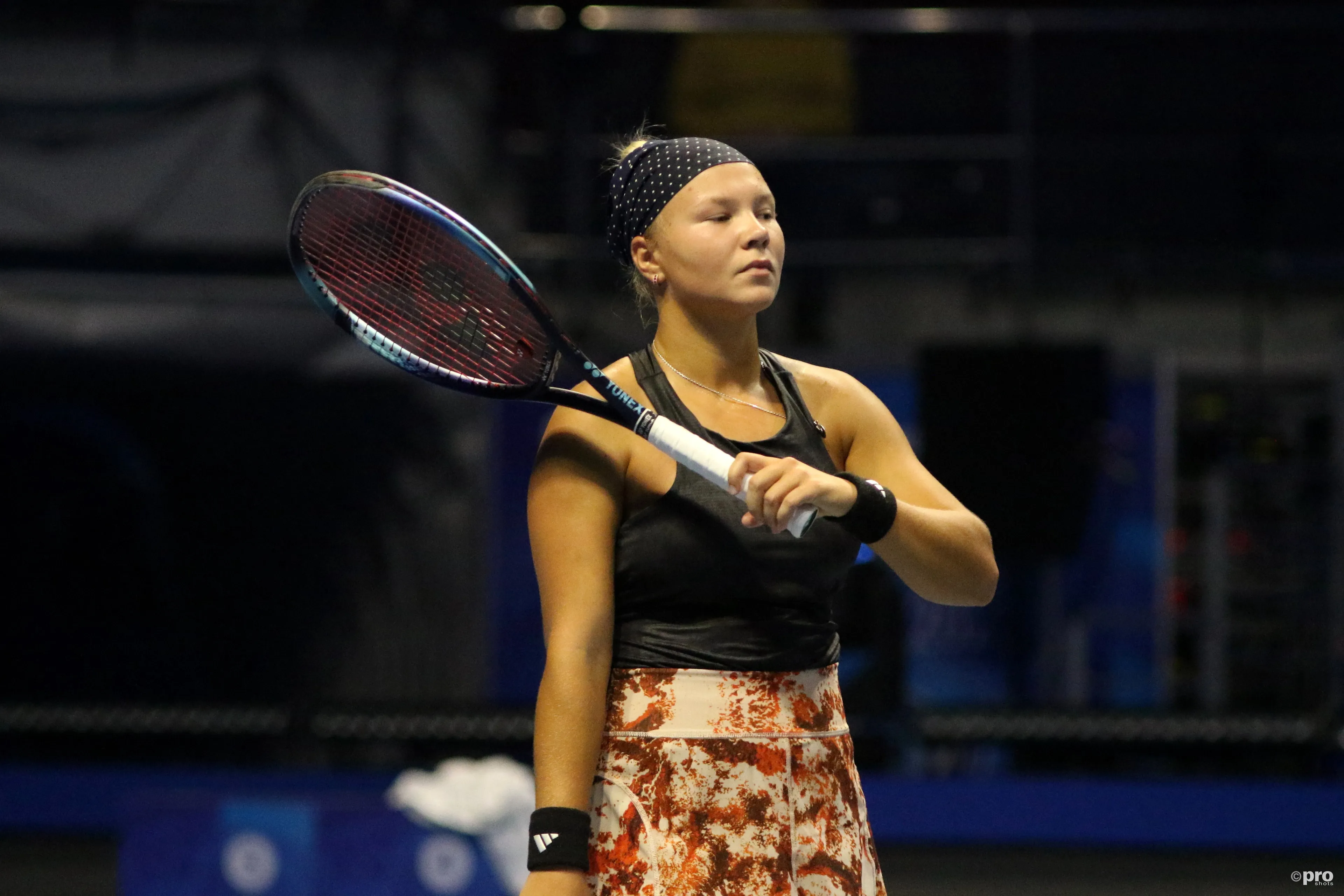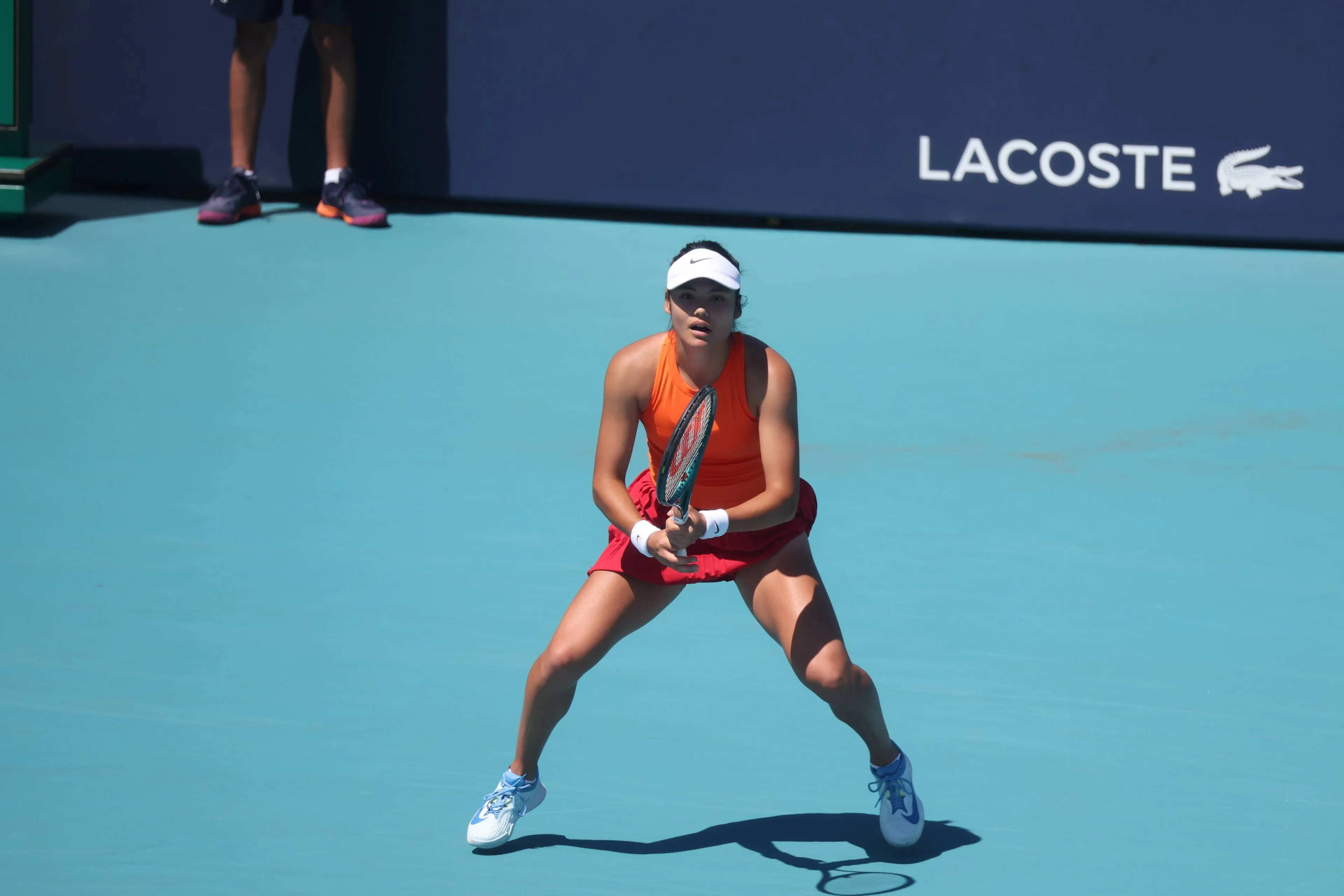South American Flair at Monte-Carlo Masters: A Legacy of Grit and Grace
ATP
The Monte Carlo Masters 1000 stands as one of the most prestigious events on the ATP Tour, held annually on the stunning red clay of the Monte Carlo Country Club. Nestled above the azure waters of the Mediterranean, the tournament is not only the opening act of the European clay-court swing but also a spiritual home for many South American players who have left an indelible mark on its history.
For South Americans, clay courts are a natural habitat. With deep European roots influencing tennis culture across Argentina, Chile, Brazil, Paraguay, Ecuador, and Peru, it's no surprise that the start of the clay season—immediately following the Miami Open—is a period rich with opportunity for the region’s stars. And among the iconic events on the European calendar, Monte Carlo holds a special place in the hearts of Latin American players.
The tournament’s scenic location, warm spring climate, and prestigious standing make it an ideal launchpad for players looking to shine during their favorite stretch of the season. As we turn our gaze to the past, we revisit some of the most memorable South American performances in Monte Carlo—focusing particularly on the 21st century.
Read also
Gustavo Kuerten: The Brazilian King of the Riviera
Gustavo “Guga” Kuerten burst onto the global stage in the late 1990s, captivating fans with his elegant one-handed backhand and bold, attacking style. At a time when power play dominated the men’s game, Kuerten carved his path on clay.
In 1999, he clinched his first Monte Carlo title with a victory over Chile’s Marcelo Ríos in a battle between a former and a future World No. 1. The win was a harbinger of things to come: Kuerten would ascend to the top of the ATP rankings in 2000 and return to the Monte Carlo final in 2001, defeating Hicham Arazi to claim his second title in three years.
Those triumphs, coupled with his three Roland Garros crowns, cemented Kuerten’s place as the most accomplished South American player of his generation.
“Monte Carlo is one of the most charming tournaments in the world,” Guga reflected during his farewell tour in 2008. “It was a privilege to play there. Winning it twice made it even more special.”
Marcelo Ríos: The Chilean Artist of the Court
Chile’s Marcelo "Chino" Ríos dazzled fans with his shot-making and finesse, peaking with his 1997 Monte Carlo title during a meteoric rise in the rankings. Two years later, he returned to the final but was forced to retire midway through the match against Kuerten due to injury—leaving an air of “what could have been” lingering over their rivalry.
Around that time also he began 1998 as World No.10 and reached World No.1 within three months after an incredible Sunshine Double so the pre 2000's were very much the time of Rios.
Guillermo Coria: The Magician from Argentina
If the late '90s belonged to Kuerten and Ríos, the early 2000s saw Argentina’s Guillermo Coria rise to prominence. Known as El Mago (The Magician), Coria reached the final in Monte Carlo in 2003, falling to Spain’s Juan Carlos Ferrero.
Undeterred, Coria returned in 2004 with renewed purpose, breezing through the draw and defeating Rainer Schüttler in the final to capture the title. That year, he earned the unofficial moniker “King of Clay”—a title soon contested by a teenage Spaniard named Rafael Nadal, who defeated Coria in the 2005 Monte Carlo final to begin his own historic reign.
Other Notable South American Performances
- David Nalbandian (Argentina): Reached the 2003 quarterfinals, falling to Ferrero. His aggressive baseline game consistently troubled top players across all surfaces.
- Juan Mónaco (Argentina): Advanced to the round of 16 in 2012 with a victory over Janko Tipsarević, before falling to Andy Murray. A steady performer on clay throughout his career.
- Diego Schwartzman (Argentina): In 2017, defeated Philipp Kohlschreiber in the second round. While he didn’t advance further, his tenacity and speed made him a staple of the early clay season.
The Present: A New Wave Seeks the Spotlight
The 2025 edition of the Monte Carlo Masters will be missing one of South America's brightest prospects: Brazil’s Joao Fonseca. The teenage phenom, who turned heads at the Next Gen ATP Finals, has chosen to skip the tournament to focus on training ahead of Madrid. Many believe Fonseca is poised to carry the torch from Kuerten as Brazil’s next great hope on clay.
Argentina’s Francisco Cerúndolo will be flying the South American flag this year. After strong showings in Indian Wells and Miami—along with a runner-up finish at the ATP 250 in Buenos Aires—Cerúndolo heads to Monte Carlo with momentum. However, he faces a challenging first-round matchup against 2019 champion Fabio Fognini. The Argentine is yet to progress past the round of 32 in the Principality and will be eager to flip the script in 2025.
Meanwhile, Chilean No. 1 Nicolás Jarry looks to rediscover his top form and will begin his campaign against the ever-dangerous Grigor Dimitrov. Fellow Chilean Alejandro Tabilo also faces a stern test, drawing wildcard Stan Wawrinka, a three-time Grand Slam champion.
Just In
Popular News
Latest Comments
- One more thing -- Stuttgart would not give Raducanu a Wildcard. That is more likely why she blew it off. She has said she refuses to do quali's.
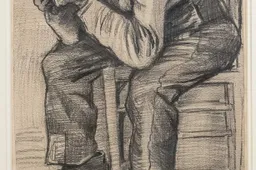 mandoist14-04-2025
mandoist14-04-2025 - If you look back at her past two years, Emma has been seemingly tactical in keeping sponsorships. Doing just enough to cnvince most of them to hang in there a bit longer. That game is closing-in on her. You can't continue BS'ing your sponsors forever. One also has to wonder what kind of personality would do less, but "demand" more from a sponsor?
 mandoist14-04-2025
mandoist14-04-2025 - Nice job from Alcaraz
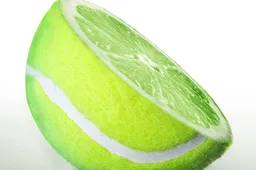 AceOfBase13-04-2025
AceOfBase13-04-2025 - WTA players might be slightly overrated by Americans. The men's tour seems solid, though. Taylor Fritz leads the pack — the rest are chasing.MrAndreeva12-04-2025
- Shame but not unexpected. USA now face an upward hill struggle.SakkariFan2312-04-2025
- ADF v De Minaur final incomingSakkariFan2312-04-2025
- Elina needs to ditch Yukov!!Rapunzel10-04-2025
- Very funny...SakkariFan2310-04-2025
- Tend to agree with the predicament of Djoko here...SakkariFan2310-04-2025
- Shame for Draper, more practice needed on the dirt it seems!SakkariFan2310-04-2025

